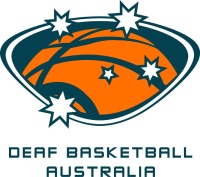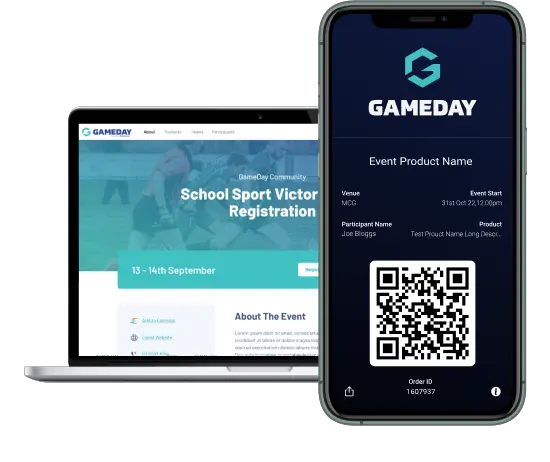Coaching Deaf Basketballers
It can be difficult for a coach to train athletes who are deaf or hearing impaired, but it is possible. Depending on the situation (how many athletes who have hearing impairments, and the severity of these impairments), an interpreter may be used to make communication easier. This is generally the preferred option, particularly when addressing a large group.
When coaching with an interpreter, there are a few considerations that the coach should make, to help the training session run smoothly.
• Athletes who are deaf or hearing impaired generally rely on visual cues to support language. If you are using an interpreter, they will be watching the interpreter for most of the time, not you.
• A hearing impairment is a communication hindrance, not a mental difficulty. If a player appears to not understand, it is not because they are mentally incapable of comprehending what you have said; it is because they have not understood the words that have been communicated. Athletes who are deaf or hearing impaired should NEVER be treated as anything less than equal in intelligence.
• The pace of the training session may sometimes run slower than usual. This should be regarded with patience.
Now some tips for the coach who is giving instructions with an interpreter beside you.
• Address athletes in a circle so that there are no concealed faces.
• Use pictures to demonstrate what you are talking about (but remember, if you are talking, the attention of the athletes is on the interpreter. If you would like to demonstrate, wait until the interpreter has finished, then attract the attention of the athletes)
• If you are using diagrams and pointing to them, remember that wherever your athlete is looking is where they are getting their information from. Try not to point and discuss what you are seeing at the same time.
• Make sure your body/gestures do not conceal the interpreter
• Don’t lower your expectations with regards to standards when training deaf/hearing impaired athletes. They are just as capable as hearing athletes. If they have misunderstood what you have asked, repeat the instruction slightly different and demonstrate again.
• Check for understanding.
• Ensure that you are facing the sun/any bright lights. If there is a bright light behind you, your facial details will not be visible.
• Remember that everything you say will be interpreted. Try not to comment on the side to the interpreter.
And for the coach who does not have access to an interpreter…
• Use pictures and physical demonstrations as much as you can.
• If you only have a few athletes who are deaf or hearing impaired, discuss with them what they would be more comfortable with during a training session. They may prefer that you instruct and demonstrate, and they move to the back of a line during a drill, to watch the others first or that you explain further after the others have started the drill.
• Ensure that any extra explanations or demonstrations are done so subtly so that the athlete does not feel conspicuous
• Make minor changes to your instructions to ALL athletes. Eg. If you are discussing things with the whole group, stand in a circle so that there are no concealed faces. Find ways to attract attention to the speaker, if the speakers change (discussion).
• Treat all of your athletes as individuals – not just those who are deaf/hearing impaired.
For further details on coaching deaf or hearing impaired athletes, contact Deaf Sports Australia.









